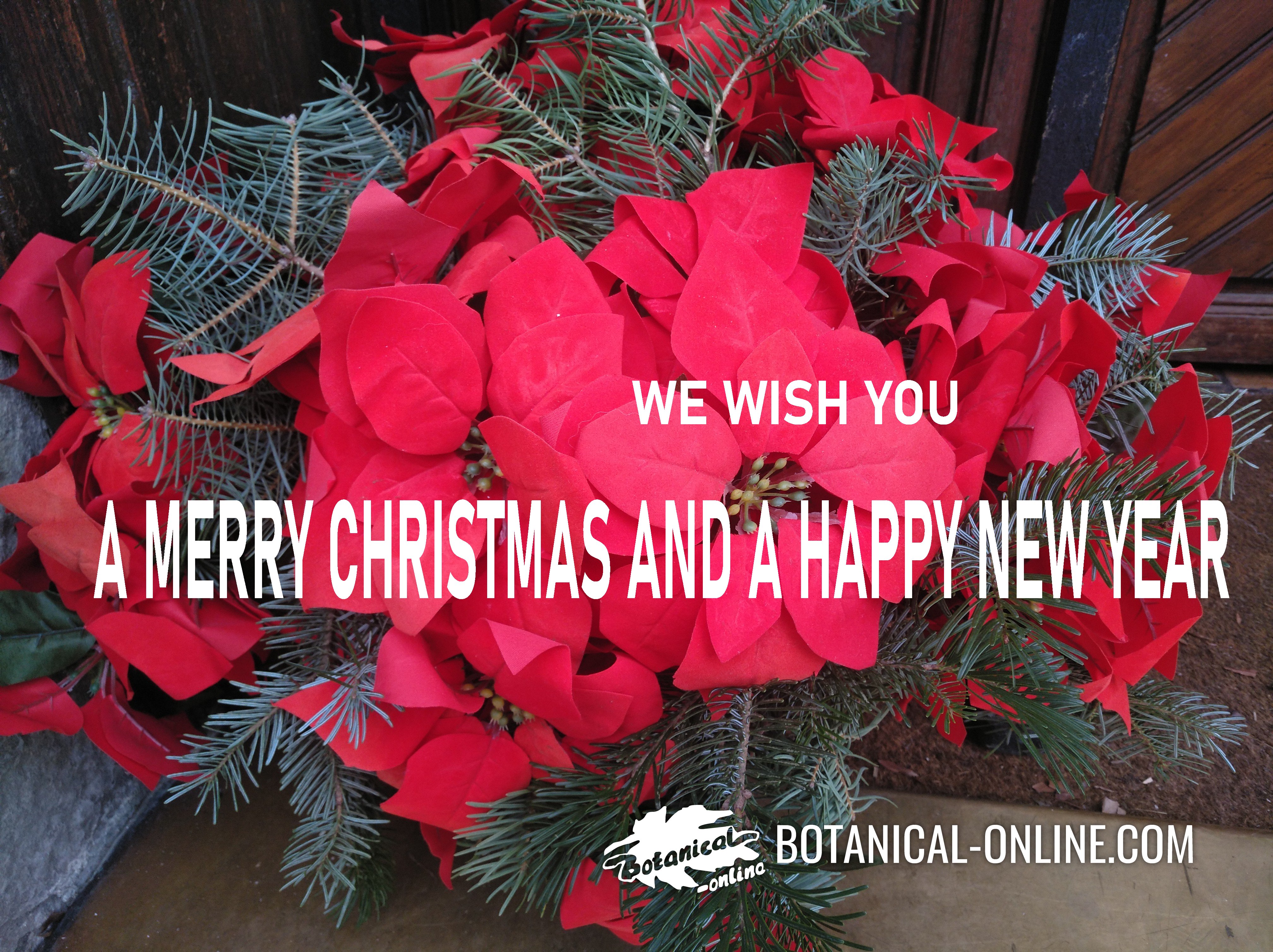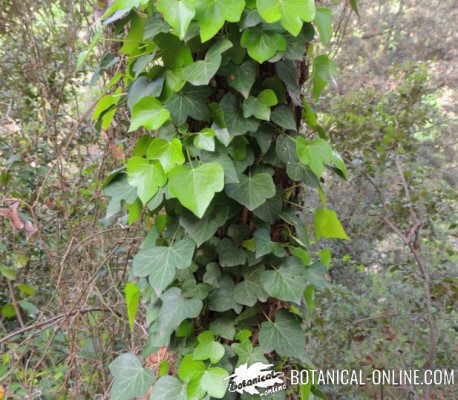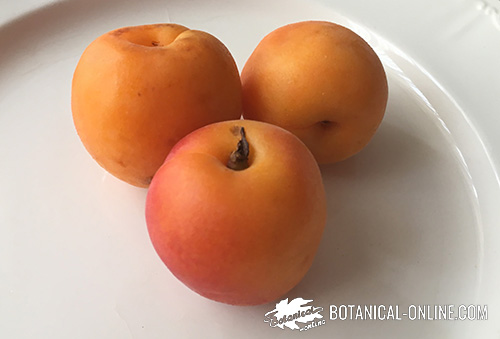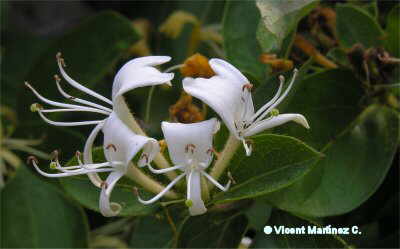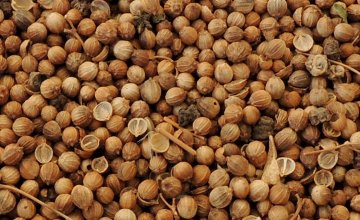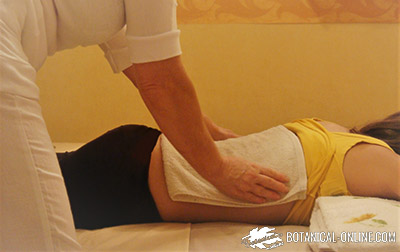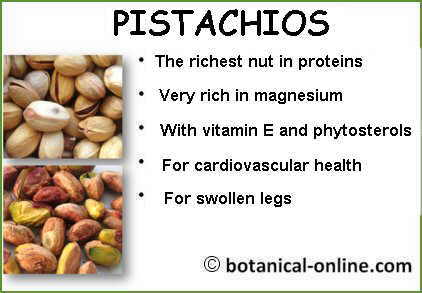Contents
Can wormwood be used for plant pests?
Wormwood (Artemisia absinthium) can be used as an ecological remedy to combat plant pests.
Why is wormwood used to treat plant pests?
Wormwood has components that manage to eliminate or drive away pests from plants. Its essential oil is specially rich in thujone, a component with insecticide properties.
In addition to thujone wormwood contains more than 20 pesticides, such as beta-thujone, ascorbic acid, tannins, rutin, camphene, palmitic acid, formic acid, pinene, etc.
What pests or plagues is wormwood good for?
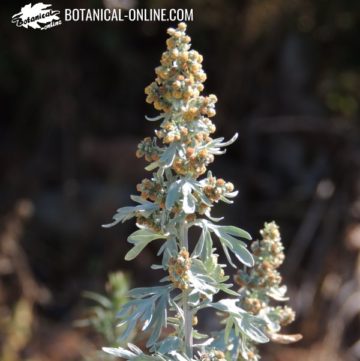
Among all of them we have, for example:
- Mite pests: Being rich in formic acid, which is a good acaricide, wormwood can be used to eliminate mites.
- Fungal pests: Among the fungicide components of wormwood we have the following: chlorogenic, salicylic or p-coumaric acids and pinene.
- Insect pests: In addition to eliminating some pests, wormwood is a good pesticide in general because it is very rich in beta-tujone and alpha-thujone. These components are also very good insectifugues, that is to say they manage to drive away most of the harmful insects.
- Its use is suitable for the treatment of plants infested by aphids or woodlice.
- Larvae pests: The alpha-thujone is a component that manages to eliminate the larvae of many pests, for example the caterpillars of the butterflies or the whitefly.
- Worm pests: The palmitic acid of this plant has nematicidal properties, that is to say, it is capable of eliminating nematodes or worms. Many of these round worms are parasitic on plants, attacking especially the roots.
How is wormwood used to eliminate pests?
It can be used in two ways:
- Planting wormwood near the plants that may be affected by caterpillars so that the caterpillars do not dare to advance
- Performing a decoction of worwood and fumigating the affected plants or previously to be affected.
How is wormwood decoction made?
This decoction is done as follows:
- Introduce half a kilo of fresh wormwood (a quarter in case of dried wormwood) into a container with a couple of liters of boiling water.
- Stir and, when it begins to boil again, leave to boil for about 8 minutes.
- Turn off the heat and let rest a whole day.
- Introduce the liquid in a fumigator and fumigate the plants.
![]() More information on thujone
More information on thujone
This article was endorsed by Julián Masats - Technical agricultural engineer specialized in horticulture and gardening.

